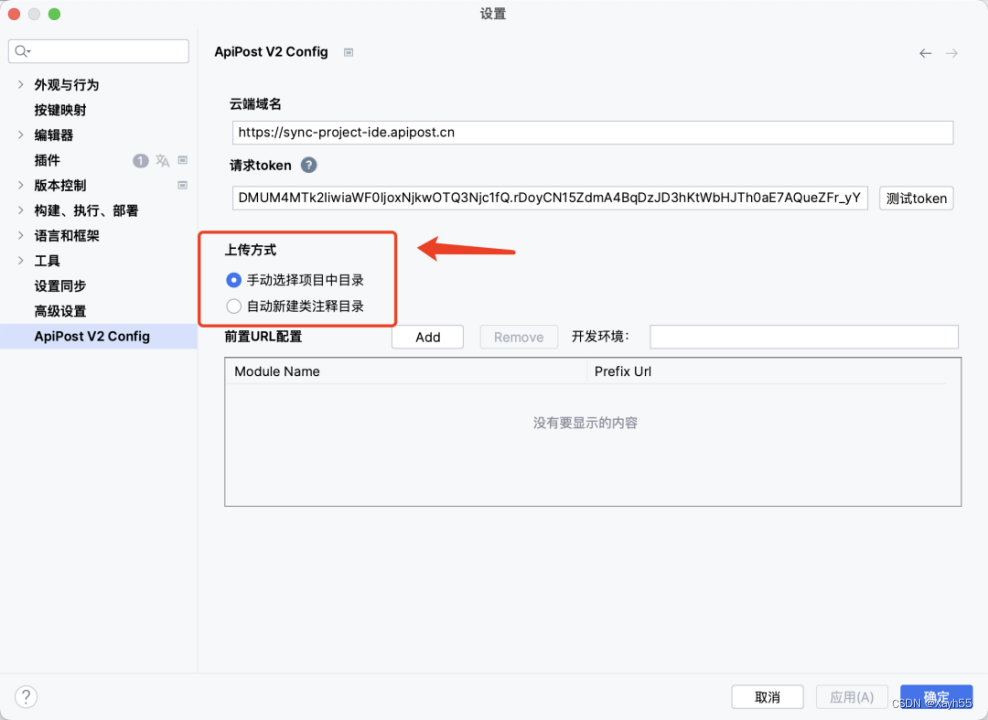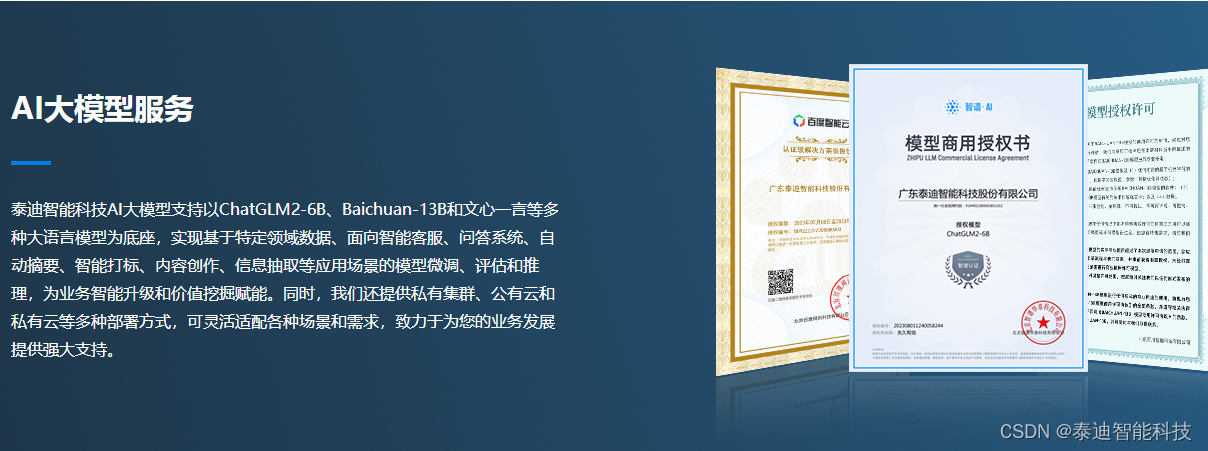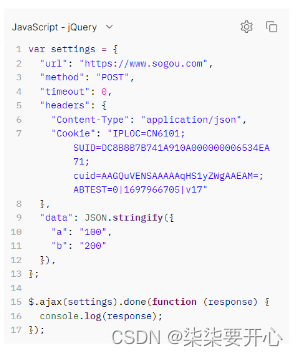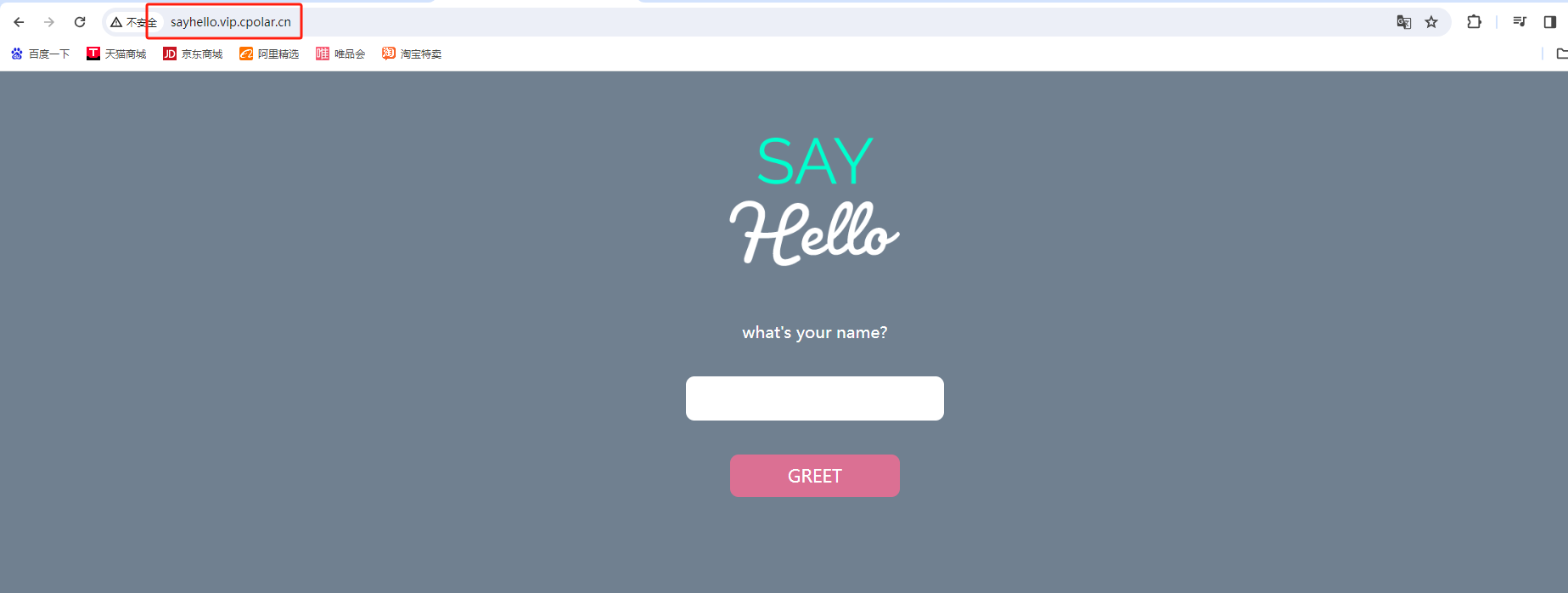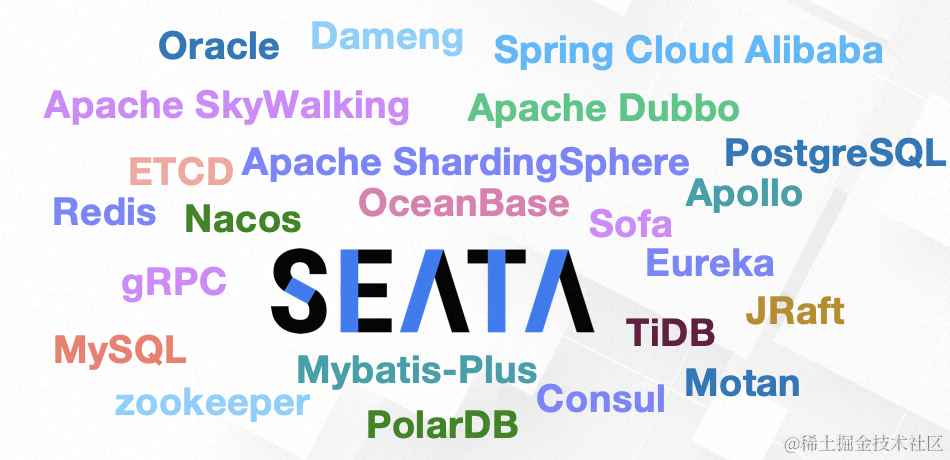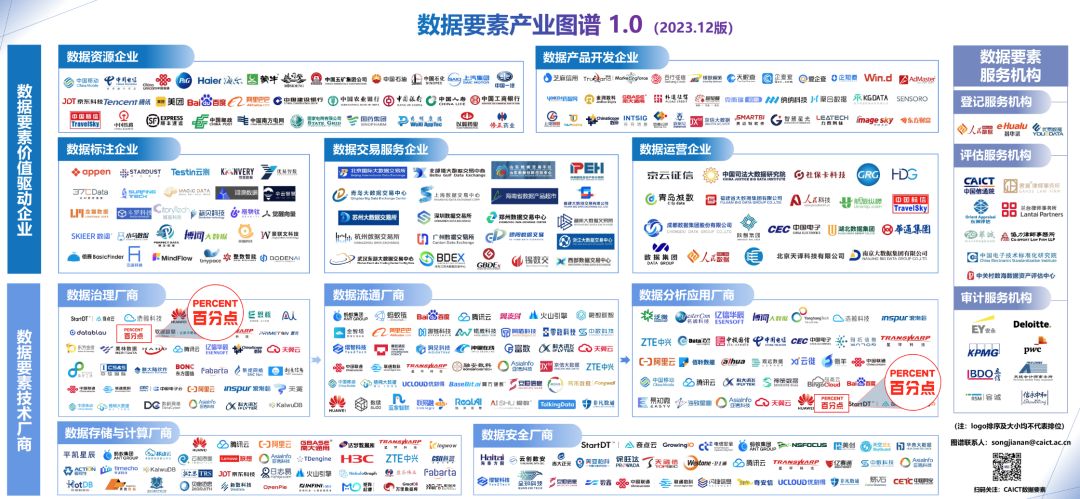文章目录
- 1. Azure Function
- 1.1 Azure Function 概念
- 1.2 Azure Function 实现原理
- 1.3 Azure Function 本地调试
- 1.4 Azure Function 云部署
- 2. Azure API Managment 概念 以及使用
- 2.1 Azure API 概念
- 2.2 Azure API 基本使用
- 3. Service Bus 应用场景及相关特性
- 3.1 Service Bus 基本简介与特性
- 3.2 Service Bus 消息队列
- 4. Azure Monitor相关内容,了解可观测性相关配置与查询操作
1. Azure Function
参考资料:Microsoft Azure
参考资料(快速入门):使用Visual studio在Azure中创建第一个c#函数
参考资料:AZ-900
1.1 Azure Function 概念
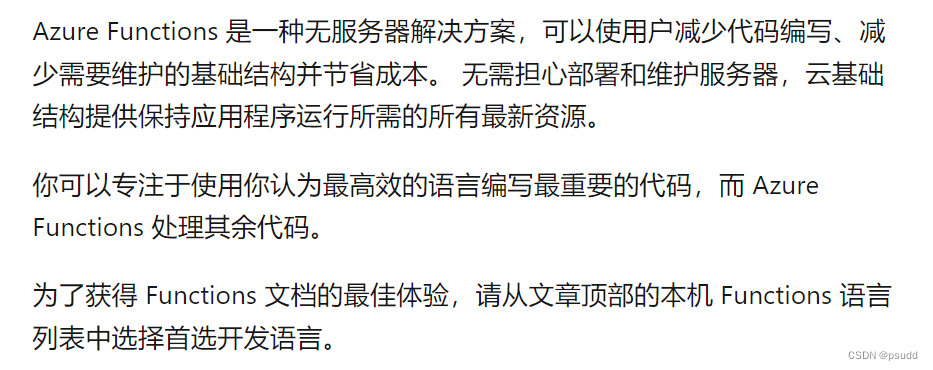
Azure Function:
1. 可以直接编写重要代码,不需要关心基础结构的维护,可以直接上传到云服务当中.
1.2 Azure Function 实现原理
1. 利用提供的触发器和绑定进行连接服务,例如绑定的Web API(HTTP触发器服务),当发生HTTP请求
时,Azure 云服务就可以对这个请求做出响应
代码分析:
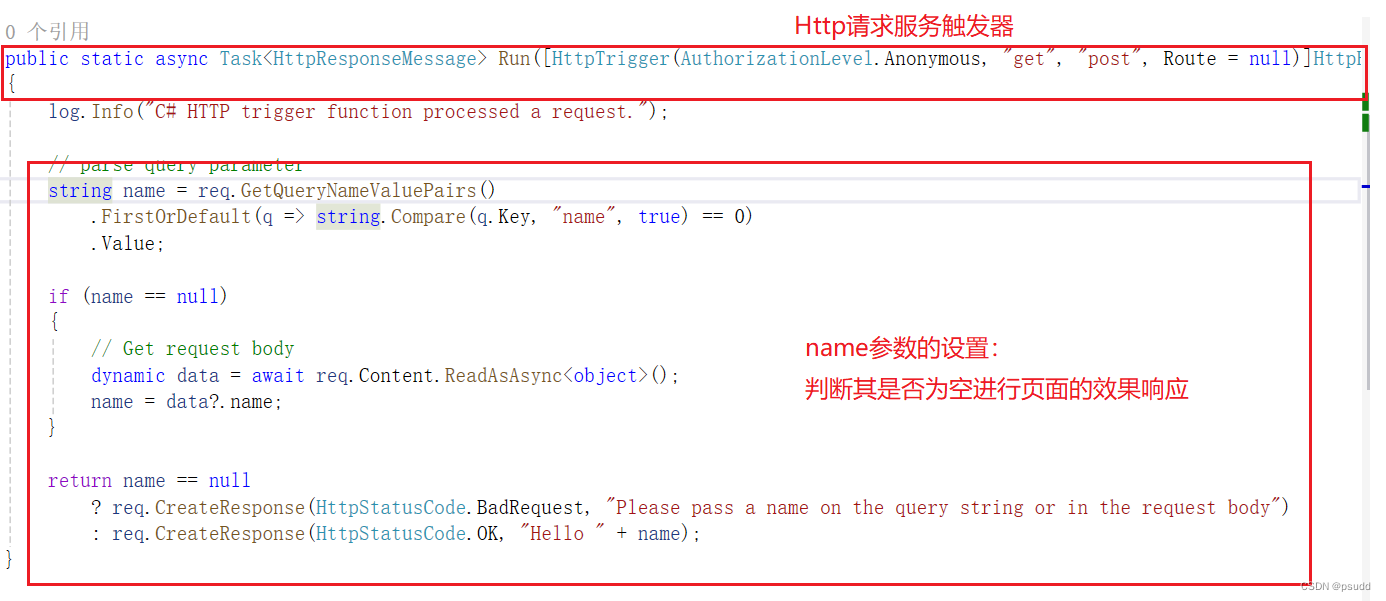
效果图:
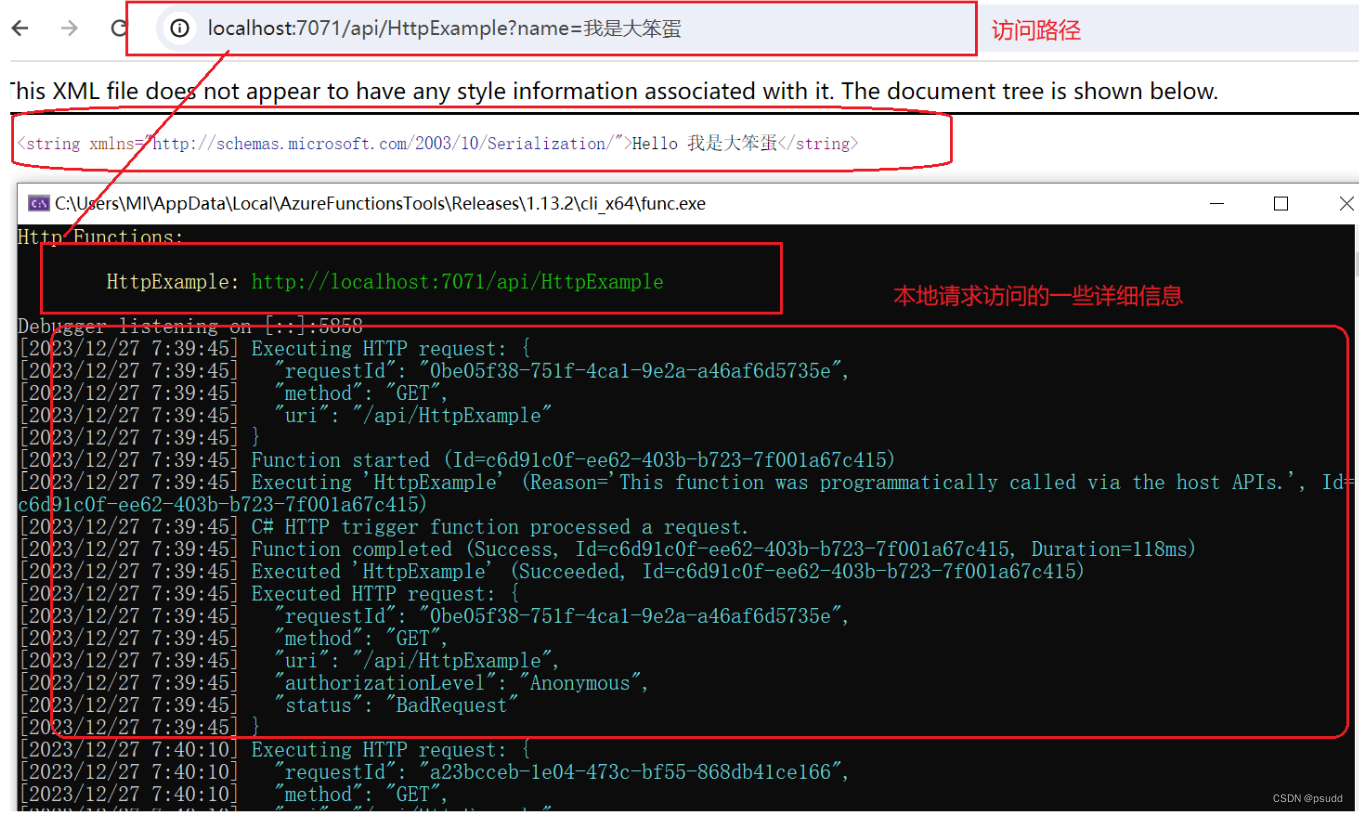
1.3 Azure Function 本地调试
### 本地调试
1. 创建Azure Function项目(c#类),之后将其进行运行即可.
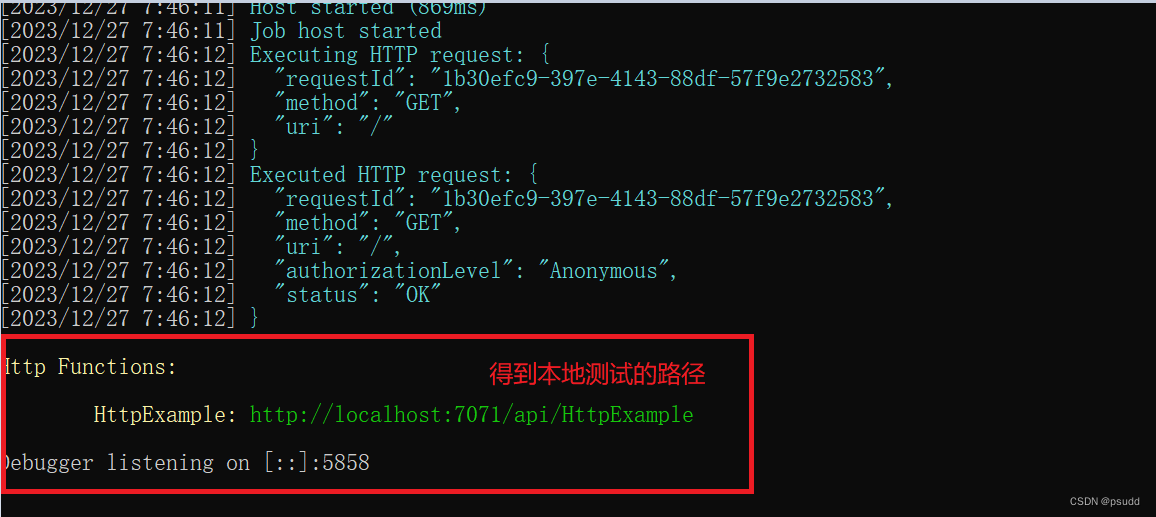
1.4 Azure Function 云部署
1. 本地测试代码通过
2. Azure本地资源当中创建函数应用
3. 将Azure Function本地代码上传到Azure当中对应的函数应用组当中
/api/HttpExample?name=Functions 追加至url地址之后
效果图:
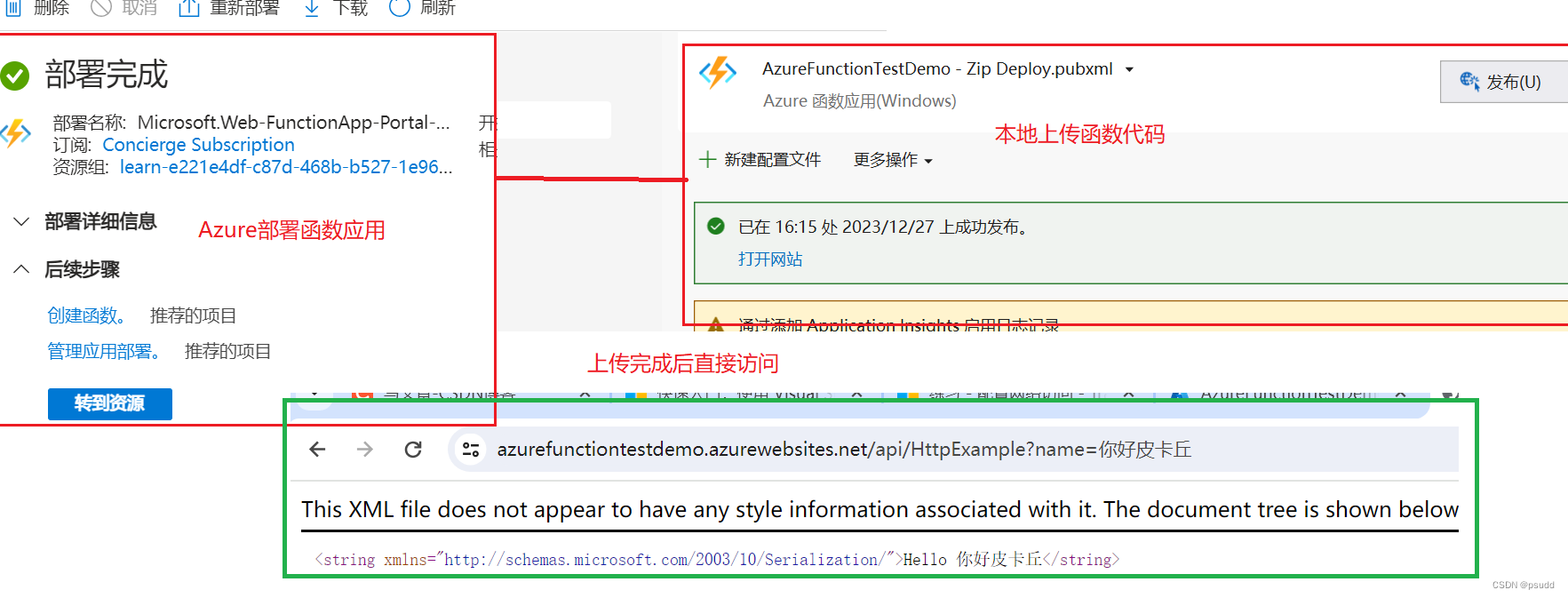
2. Azure API Managment 概念 以及使用
参考资料:Azure API管理文档
2.1 Azure API 概念

- Azure API 管理是由API网关、管理平面以及开发人员组成的,API管理提供Azure当中组件的相关API管理的使用
2.2 Azure API 基本使用
- 通过Azure 创建第一个 Azure API实例
- 在API管理当中创建测试API,并设置其返回Json{“word” : “beautiful”}
- 启用响应式模拟,测试模拟API
效果图:
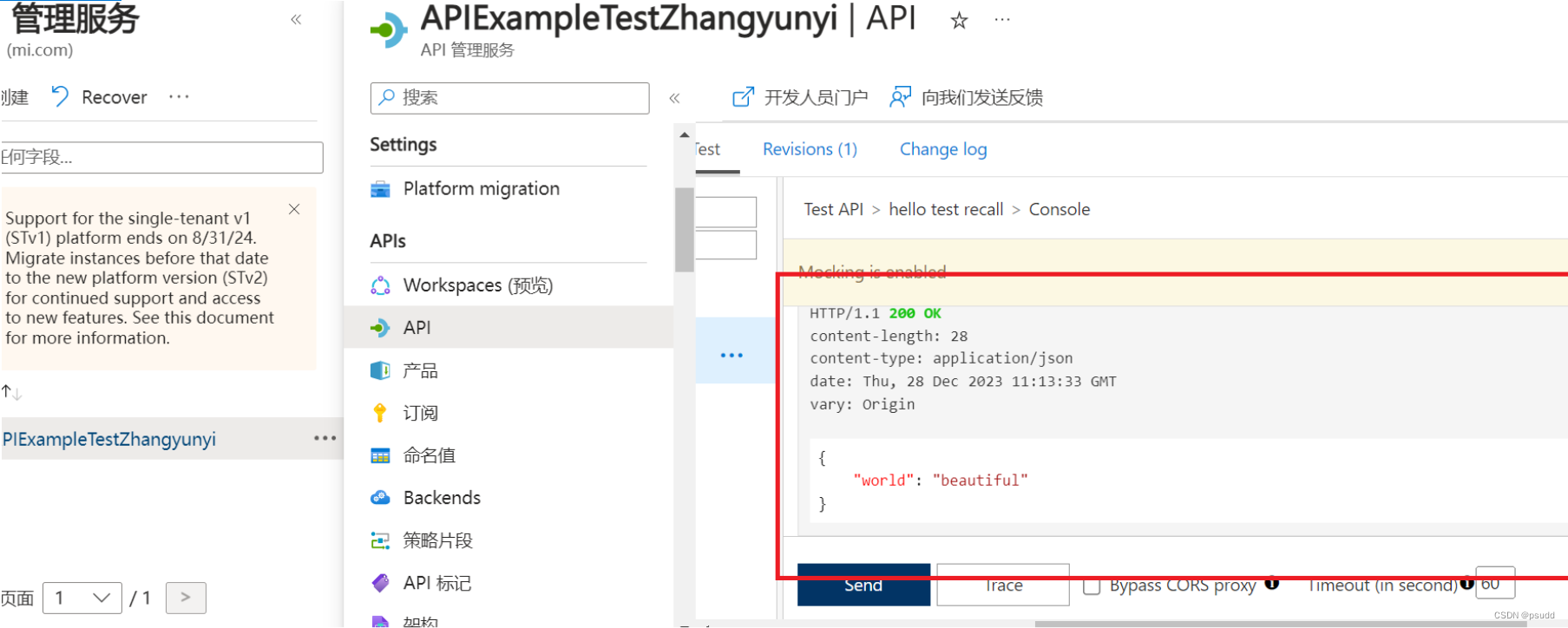
3. Service Bus 应用场景及相关特性
Azure Service Bus 服务
3.1 Service Bus 基本简介与特性
Service Bus简介

Service Bus 队列
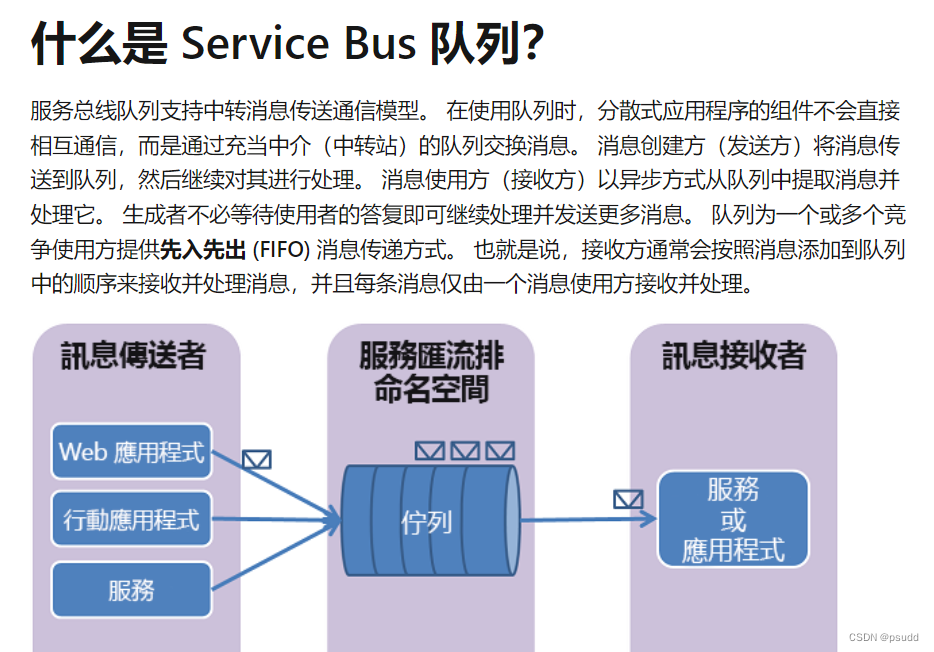
- Service Bus. 企业消息服务代理,其中有消息队列和发布订阅主题两种。
- Service Bus 队列类似于一个中间管理服务,将所有发送方的请求暂时以队列FIFO的方式暂存在中间通道,消息使用方按顺序从此中间站当中获取相应的服务.
3.2 Service Bus 消息队列
- 首先需要在Azure当中创建 Service Bus命名空间(可以为队列以及主题提供范围容器)
- 在对应Service Bus 当中创建队列
- 利用Visual Studio 测试队列消息的接受与发送
消息队列创建
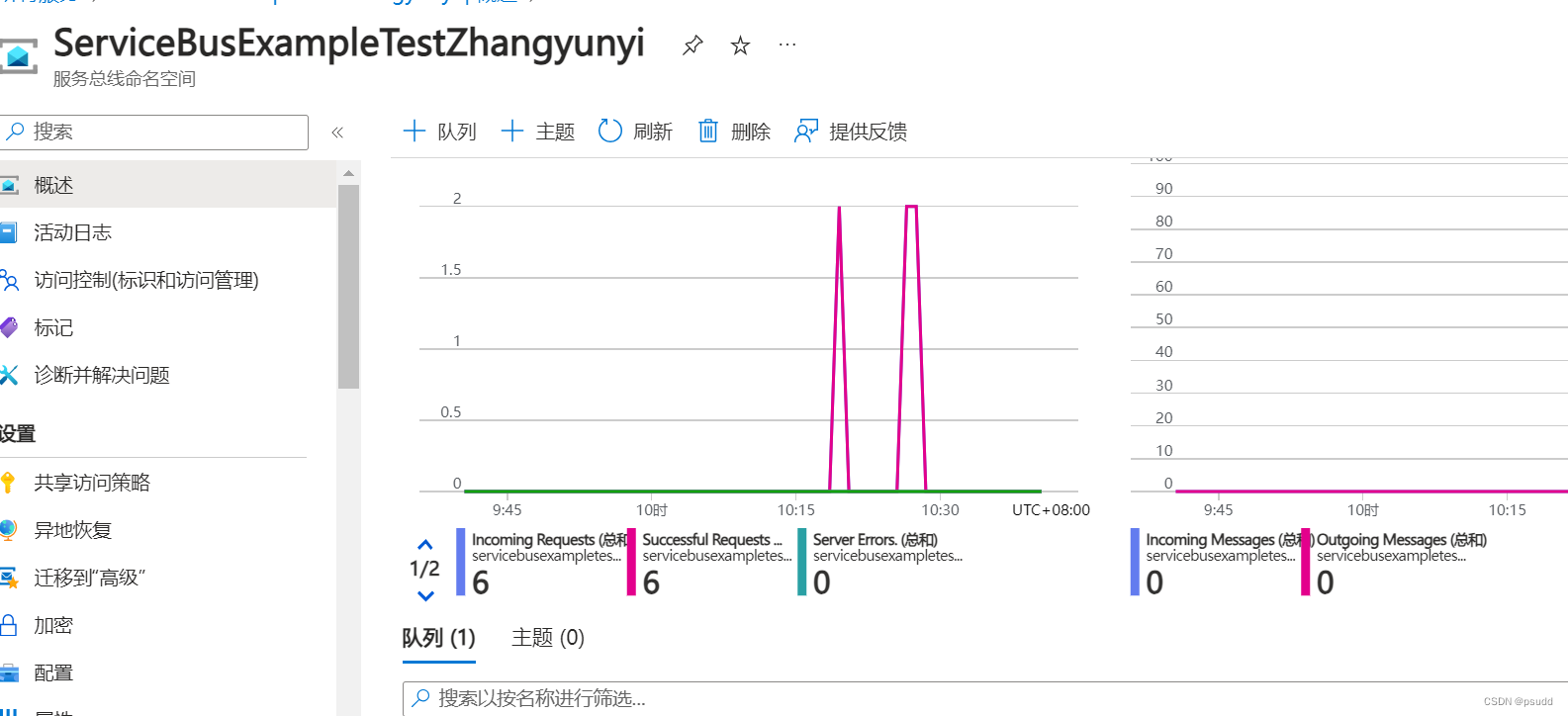
消息队列代码
using Azure.Messaging.ServiceBus;
using Azure.Identity;
// service bus 队列,用于发送以及接收消息
ServiceBusClient client;
// the sender used to publish messages to the queue
ServiceBusSender sender;
// number of messages to be sent to the queue
const int numOfMessages = 3;
// The Service Bus client types are safe to cache and use as a singleton for the lifetime
// of the application, which is best practice when messages are being published or read
// regularly.
//
// Set the transport type to AmqpWebSockets so that the ServiceBusClient uses the port 443.
// If you use the default AmqpTcp, ensure that ports 5671 and 5672 are open.
var clientOptions = new ServiceBusClientOptions
{
TransportType = ServiceBusTransportType.AmqpWebSockets
};
// ServiceBus 的命名空间以及队列名称,以及默认的登录用户权限信息
client = new ServiceBusClient(
"ServiceBusExampleTestZhangyunyi.servicebus.windows.net", //
new DefaultAzureCredential(),
clientOptions);
sender = client.CreateSender("myqueue");
// create a batch
using ServiceBusMessageBatch messageBatch = await sender.CreateMessageBatchAsync();
for (int i = 1; i <= numOfMessages; i++)
{
// try adding a message to the batch
if (!messageBatch.TryAddMessage(new ServiceBusMessage($"Message {i}")))
{
// if it is too large for the batch
throw new Exception($"The message {i} is too large to fit in the batch.");
}
}
try
{
// Use the producer client to send the batch of messages to the Service Bus queue
await sender.SendMessagesAsync(messageBatch);
Console.WriteLine($"A batch of {numOfMessages} messages has been published to the queue.");
}
finally
{
// Calling DisposeAsync on client types is required to ensure that network
// resources and other unmanaged objects are properly cleaned up.
await sender.DisposeAsync();
await client.DisposeAsync();
}
Console.WriteLine("Press any key to end the application");
Console.ReadKey();
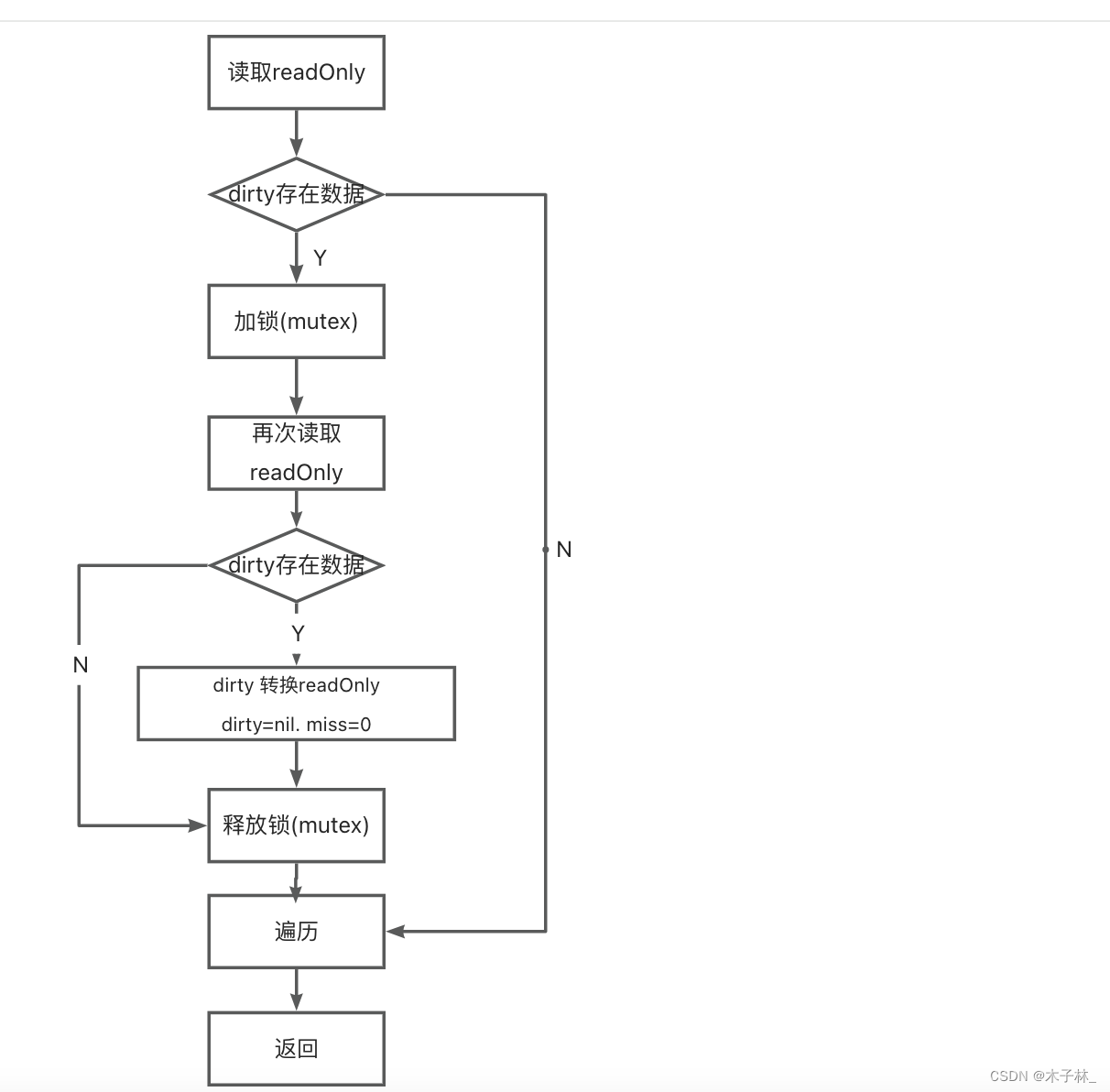


![[递归回溯枚举] 装载问题](https://img-blog.csdnimg.cn/direct/ac1933e8089c49428b54e88f11ae08f3.gif)

